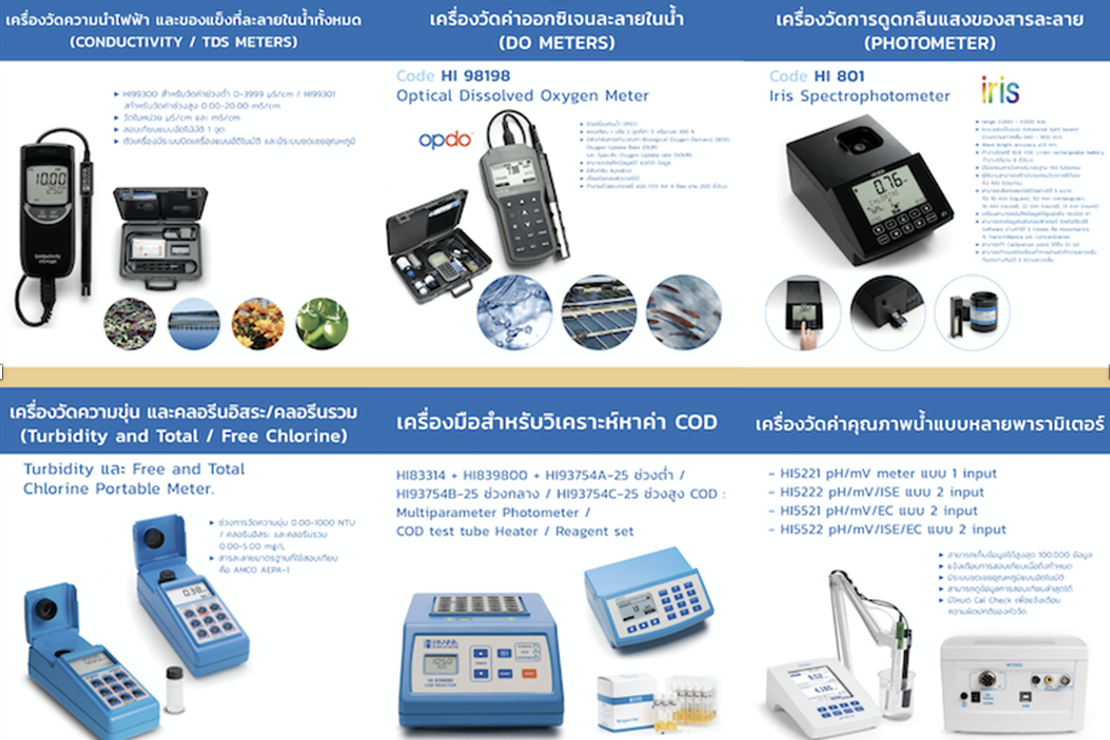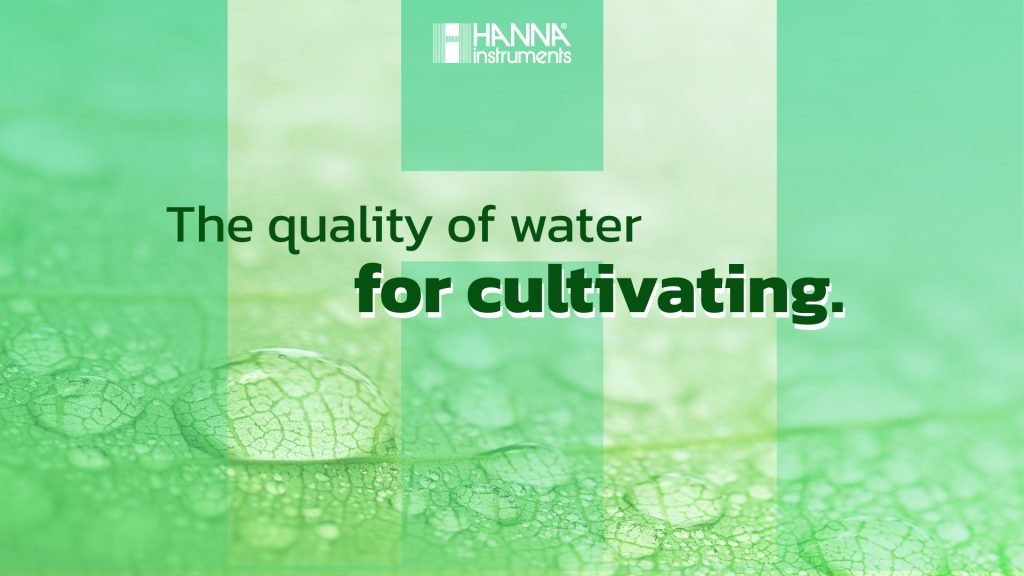No products in the cart.
Measuring Concentration Chemicals, ชุดวัดความเค็มของน้ำ
The quality of water for cultivating.
Water is essential for aquatic organisms. Water is central to all aquatic organisms’ activities. Aquatic animals, in particular, live, live, eat, reproduce, and so on. Water for aquaculture considerations are divided into two categories: quality and quantity, both of which are closely related. That is, if the water is of high quality, the amount used will be reduced. On the contrary, if the water used is of poor quality, it must be used in large quantities so that water creatures can live comfortably.
Because of the wide variety of aquatic animals, defining appropriate water quality standards for aquaculture is difficult. both in temperate and cold climates Each animal’s tolerance to its environment varies depending on its age. As a result, various criteria The requirements must be adaptable to the environment. Initially, three characteristics were identified:
1. Physical attributes The water quality index varies due to physical characteristics that can be measured, such as color, turbidity, temperature, conductivity, suspended solids, and so on.
2. Visual chemical properties Acidity, alkalinity, hardness, dissolved oxygen Free carbon dioxide content, nitrogen, phosphorus, hydrogen sulfite, salinity, heavy metals, and other factors that affect aquatic organisms both directly and indirectly are examples of variable water quality indexes.
3. Biological properties Refers to the variable water quality index caused by aquatic organisms that affect aquatic organisms such as phytoplankton, bacteria, aquatic plants, and pathogens directly and indirectly.
It is clear that the three quality indices have a significant impact, both directly and indirectly. which are all associated with living things and processes in all bodies of water
The pH is one of the parameters that can be used to assess water quality at first. The pH value of natural water sources will be found depending on the terrain. The quality of water is affected by a variety of factors, including:
- The nature of the ground and rocks, as well as how the soil is used in that area
- The impact of aquatic organisms like microorganisms and plankton
- pH of water is important for the survival of plants and animals in various bodies of water.
- Aquatic plants can efficiently use nutrients. It is not affected by the pH of the water, but aquatic plants do not grow well if the pH is less than 4.5. However, if the pH is too low or too high, it is unsuitable for aquaculture.
pH value suitable for aquaculture.
- pH 4.0 or lower is a dangerous point that can cause fish death.
- pH 4.0 – 6.0 means that some fish may not have a lethal effect. but the productivity will be low slow growth reproduction is interrupted.
- pH 6.5 – 9.0 is the level suitable for aquaculture.
- pH 9.0 – 11.0 is not suitable for the life of aquatic animals. If you have to live for a long time.
- pH 11.0 or greater is toxic to fish. poor water quality.
Because water quality in aquaculture ponds must be strictly controlled in order for aquatic organisms to survive. As a result, a pH meter is essential for water control. Changes in pH occur during the day and at night as phytoplankton and aquatic plants use carbon dioxide for photosynthesis during the day, resulting in a high pH, which gradually decreases at night as CO is released. from aquatic organisms’ respiration Water with low alkalinity contains a high concentration of phytoplankton, and the pH in the afternoon ranges from 9 to 10. As a result, the pH of the aquaculture pond machine should be checked early in the morning and late in the afternoon. Knowing the minimum and maximum pH levels for the day allows you to quickly solve water quality issues. to enhance water quality. If the pH is high in the range of 9 – 10, it will not be harmful to aquatic life if it occurs for a short period of time, and the water source suitable for cultivation should not have a pH change of more than 2 units in a day. It has an indirect
impact on aquatic animals in addition to directly affecting them such as causing other toxins Dissociation increases or decreases, for example, a higher pH level increases the toxic water quality of ammonia. The penetration of some toxins into the aquatic animal’s body depends on the water quality, the pH of the solution. In addition, when fertilizing the fish pond, if it appears that the water or soil in the pond is too acidic, the pH must be adjusted to an appropriate level before fertilizing. in order to allow the fertilizer to be dissolved and can be used by living beings Efficiency with good water quality.
aquaculture It is another occupation that is an alternative for farmers who earn a good living. Farmers, on the other hand, will need to learn more in order to make better adjustments. or tailored to their specific needs for maximum benefit.
The pH of the pond is an important factor that directly affects fish growth. can be easily seen When the fish began to float up and breathe on the water’s surface or the water appears to be clearer than usual It is assumed that the water in the well has a certain abnormality in its neutrality. As a result, farmers must address the issue as soon as possible.
Water quality analysis such as “salinity”, pH, alkalinity, hardness and dissolved oxygen content, etc. Water quality analyzers are important fundamentals in aquaculture. Therefore, to control and prevent water quality to be at a level suitable for the livelihood of aquatic animals, it is necessary to observe aquatic animals and check their water properties regularly.

Hanna Instruments (Thailand)
Leading measurement instrument maker
WITH GREAT PRODUCTS, COME GREAT RESULTS.
Email Addresses
info@hannathaicom
CONTACT US
Line : @hannathailand
FB : HannaThailand
